Bioradiations.com, the online technical resource for Bio-Rad customers, has been offering a variety of protocols and tips, research highlights, customer stories, articles of general interest, and in-depth technical reports throughout the year. The redesigned site added new categories, such as Lab Notes, Tip of the Week and Editors’ Picks. Here are the highlights of what we presented in the year 2015.
Protocols and Tips

10 Tips and Tricks for Designing Multicolor Flow Cytometry Panels

Get Published! 10 Tips for Getting Published Successfully

7 Tips for Choosing the Right Antibody for Western Blotting
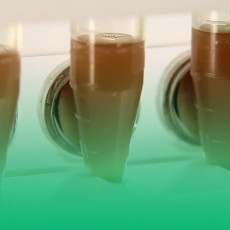
SureBeads™ Magnetic Beads Standard Immunoprecipitation Protocol
Lab Notes Video Series
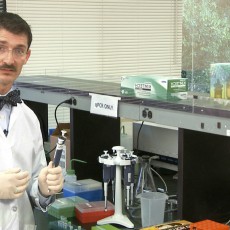
How to Minimize Contamination in qPCR Experiments
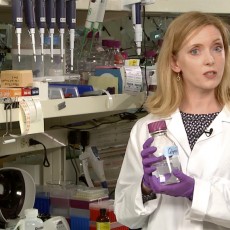
Four Tips for Developing a Sample Prep Protocol for SDS-PAGE or Chromatography
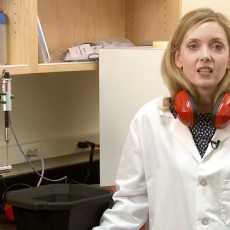
Five Tips for Picking the Right Cell Disruption Method for Protein Analysis
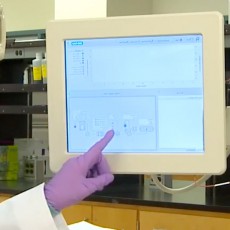
Tips for Using Chromatography Columns with Your NGC™ Chromatography System
General Interest

In Pursuit of (Ig) Nobility: The Ig Nobel Prize

What Academic Researchers Can Learn from Small Biotechs about Antibody Validation
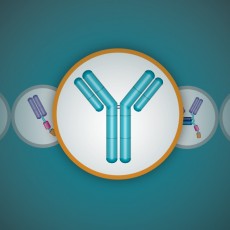
Trends in Antibody Generation Techniques — the Fully Synthetic Human Combinatorial Antibody Library (HuCAL®) Technology

CRISPR: The Hopes, the Fears, and the Biology
Technical Reports

A Semi-Automated Quantitative PCR Approach to Assess Differential Anti-Apoptotic Gene Expression Patterns Associated with Prostate Cancer Progression

Ultra-Sensitive Quantification of Genome Editing Events Using Droplet Digital PCR
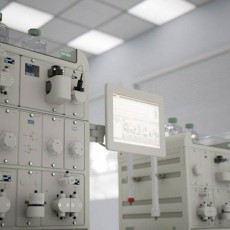
Advantages of Multidimensional (Multi-D) Chromatography Using the NGC™ Chromatography System over Traditional Sequential Chromatography
Customer Stories
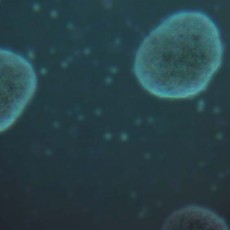
Too Many Questions, Too Little Sample: Developing a Real-Time PCR Workflow for Monitoring Gene Expression in Limited Samples
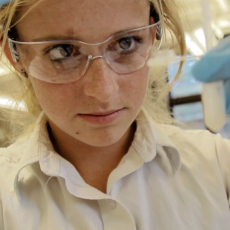
3 Moments of Inquiry with Bio-Rad’s pGLO™ Transformation and Inquiry for AP Biology: A ThINQ! Investigation Kit
Research Highlights

Next Generation Computers: Transforming Cells into Autonomous Computing Devices
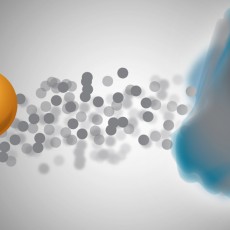
Researcher Profile: Suzanne Topalian Pioneers PD-1 Inhibitor Drug to Treat Advanced Cancer

